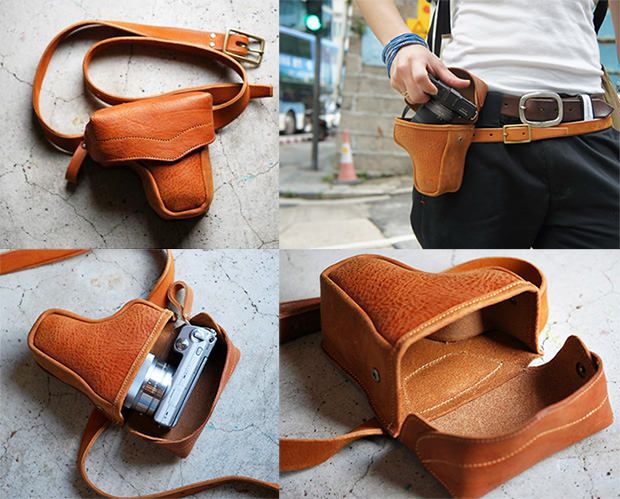
During a recent interview with Velvet Eyes, I was asked about my creative process and how I develop my ideas. It is not an unusual question, but it did make me reflect more on how my workflow has evolved over the years to where it is now. I am not going to be referring to specific cameras, software, or printing materials. Instead, I am more interested in sharing some of the concepts that are the foundation of how I work at the moment.
As I organize my thoughts on my creative process, I will create separate posts for each concept. The interview with Velvet Eyes will be online in a September. In the meantime, please check out the other inspiring work on their website.
Make vs. Take
I used to keep a camera with me all the time, and I don’t mean a smartphone. I am talking about having a DSLR hanging from my shoulder everywhere I went. I would constantly photograph, without fully understanding what I was doing.
Whenever I left my apartment, my camera was as important as my wallet and keys. As a photojournalism student, I was programmed to always be prepared for anything. The concept that “you never know when something can happen,” was more or less tattooed to my subconscious.
I completed my assignments, hit my deadlines, and tried my best to tell compelling stories of other people and places. There were always new challenges and unpredictable scenarios, however, I couldn’t get passed the notion that in order to be a good photographer, I had to be quick and ready to shoot. As if I was holding a handgun.

I would bring home hundreds and thousands of photographs, and I would scroll through them just as quickly as I had taken them. I masked the mundane with extra contrast or monotone filters. I focused on metadata and aesthetics, rather than quality and content. I was obsessed with the latest technology and studied EXIF data.
I was convinced my abilities were limited to the cameras, lenses, and software that I used. While this mindset allowed me to expand my technical skills, I started to realize that all these photographs were empty. They had very limited life-spans and would soon be forgotten.
There was more to photography than just being robotic and reactionary, right?
A few years later, when I arrived to art school, I was introduced to the idea of making an image, instead of taking an image. At first it sounded like pretentious art school jargon, but after a handful of failed projects, I began thinking more about that difference of a letter.
When I thought about taking, it felt like I was stealing something without permission. When I thought about making, it felt more collaborative and hands-on.

Fast forward to today, and I can firmly say that making allows me to create more meaningful images, as well as connect more with my subjects. Now, I am more inclined to second and triple guess the images I want to create. Making challenges my initial judgements and expectations of how something can be portrayed.
This naturally led me to put down my digital camera, since I often was carried away with the seemingly endless capacity of memory cards.
Obviously everyone works in different ways, and by no means am I saying this is the only way to work. The fact that I no longer create work in the traditional sense of photojournalism allows me to spend more time. I am now free to make more unique images, rather than multiples of the same. I am not as concerned about “missing” a moment and I can live more within each moment.
